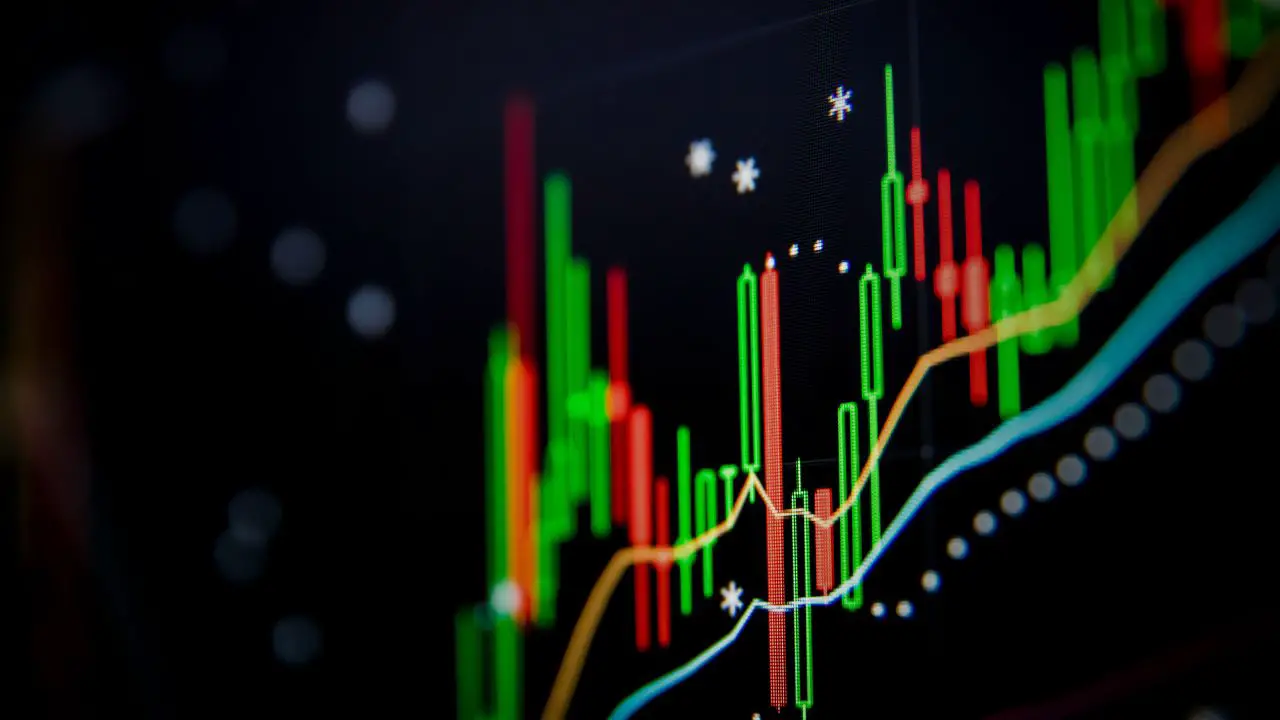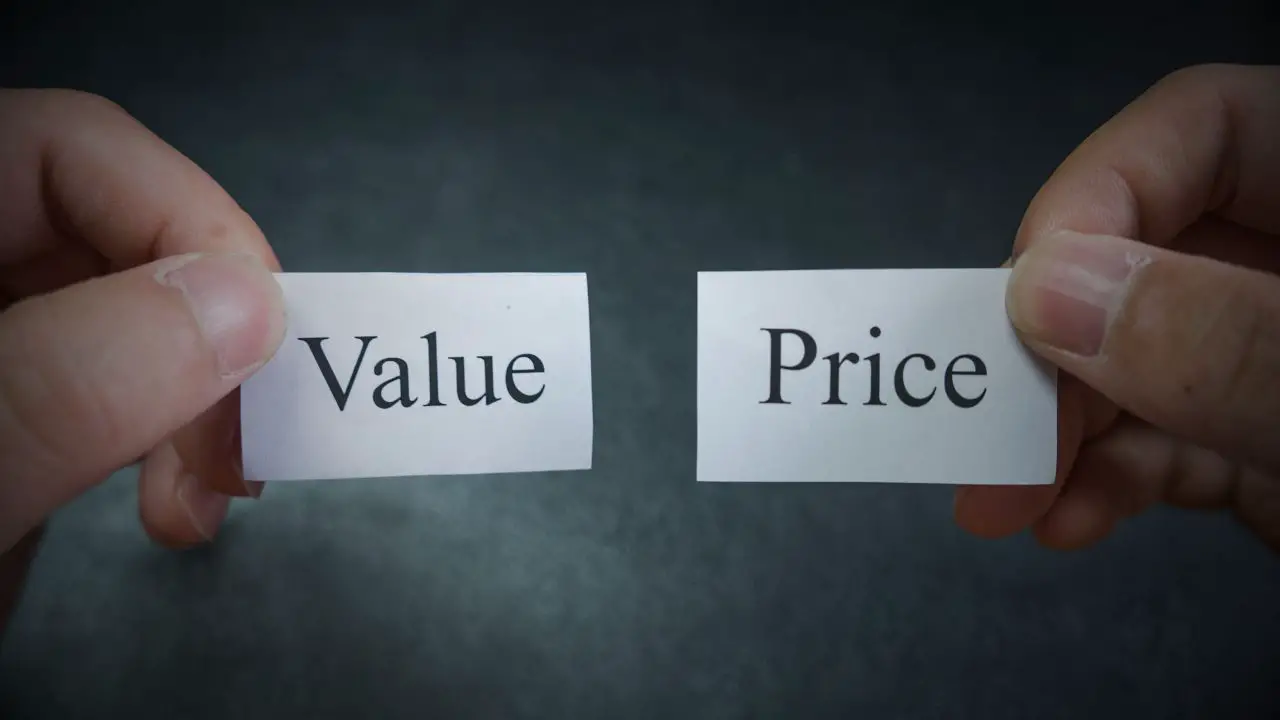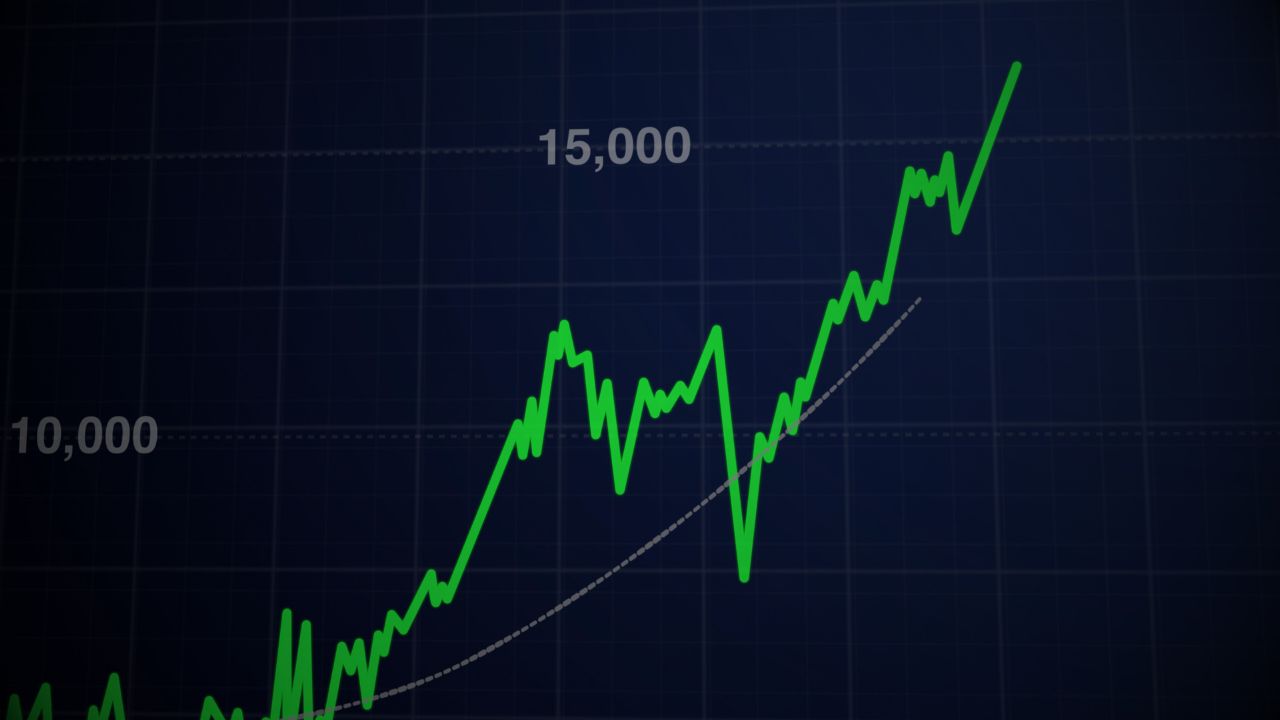Backwardation is a scenario in the futures market where the spot price (or current market price) of an asset is higher than its future contract price. This suggests the market expects the asset’s price to drop in the future.
It can be a bit counterintuitive, so don’t be surprised if it takes time to fully understand the concept.
What Is Backwardation?
In the context of futures, a commodity is a basic good or raw material. This could include oil, gold, natural gas, or even coffee. When we refer to the current price of certain commodities or the amount a purchaser is ready to pay at this moment, we’re talking about the spot price.
However, many individuals and companies will use futures contracts to buy or sell a particular commodity at a predetermined price sometime in the future. For example, an airline like Southwest might purchase a futures contract on crude oil to protect against a rise in oil prices in the future.
Backwardation refers to a specific situation in the commodities market when the current, or “spot”, price of an asset is greater than the future price of that asset. Essentially, when a futures market is in backwardation, it signals that buyers are willing to pay more for the commodity now rather than waiting to purchase it at a future date at a potentially lower price.

What Causes Backwardation?
Backwardation isn’t a random event. It’s usually not one thing, but several factors that collectively contribute to its occurrence:
- Imbalance of Supply and Demand: A sudden spike in demand or a decrease in supply can drive up the current price. For example, geopolitical tensions can trigger a surge in oil demand, elevating the spot price above future prices.
- Costs Associated with Storage: Certain assets, like agricultural products, have storage costs that can influence price. If storing a commodity today is expensive but expected to get cheaper, the market might lean toward backwardation.
- Market Sentiment and Speculation: Investors’ collective expectations about future events can influence prices. If there’s a consensus that a future event will lower the asset’s price, this can push the market into backwardation.
- The Role of Convenience Yield: Sometimes, there are benefits to physically holding an asset right now rather than in the future. For instance, a company like Southwest Airlines might buy oil futures contracts to secure current prices and protect against future price hikes, adding a “convenience yield” that can elevate the current price over the future price.
- Unforeseen Events: Unexpected situations like natural disasters or political changes can disrupt supply or demand, temporarily tipping the market into backwardation.
- Financial Conditions: Elements like interest rates or the cost of financing can also impact the relationship between spot and future prices. For example, higher current financing costs compared to future rates could lead to backwardation.
Backwardation vs Contango
In the futures market, contango represents the natural state of the market. When a market is in contango, it means that the futures price of an asset is set higher than its current or “spot” price. This is common because the futures price usually accounts for factors like storage costs, insurance, and interest rates.
Essentially, these costs add up, making the asset’s future price higher. For example, if traders expect an increase in oil demand by winter, they might set the oil’s future price higher than its current summer price.
On the other hand, backwardation occurs when the spot price of an asset is higher than its futures price. This is less common and might arise from supply shortages or sudden spikes in demand. For example, imagine there’s a cold snap across the country which creates a huge demand for natural gas. This massive demand might drive up the current price of natural gas, but once the cold weather passes and the shortage resolves itself, future prices might be projected to be lower.
FAQs
Backwardation occurs when the spot (or current market) price of an asset is higher than its futures contract price, suggesting that traders anticipate the asset’s price to decrease in the future.
It’s considered unusual because it suggests that traders expect the asset’s price to decrease in the future, which is counterintuitive to the general market sentiment of growth and appreciation.
Contango is the opposite of backwardation. In contango, the futures contract price is higher than the current spot price, indicating expectations of an increase in the asset’s price.
Yes, policy changes, interventions, or strategic reserves releases (e.g., oil reserves) by governments or major institutions can influence futures prices and potentially mitigate or exacerbate backwardation.
Backwardation often reflects a bearish sentiment in the short term, as it suggests that traders expect prices to fall. However, it doesn’t necessarily indicate a long-term negative outlook.



